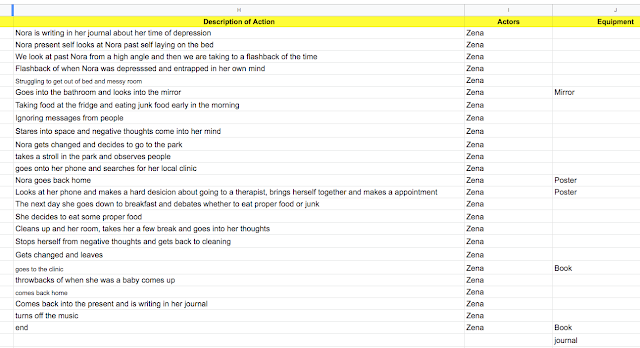Narrative Structure
Equilibrium in Midnight in Paris At the beginning of midnight in Paris, we are introduced to a couple who are preparing for their wedding, however, they both from America. The man who is called Gil is deeply in love with Paris and keeps on mentioning living here to his wife to be, but the wife is not in favor of this. From the beginning, the audience can see the couple aren't alike, as Gil loves Paris and pursuing his love for writing, however, Inez(wife to be) is more modern and would rather be in Bali. This will engage the audience as their differences are foreshadowing the complications they go through in the future and whether their relationship will last long, Disruption One night Gil and Inez are offered to go to a party, but Gil doesn't really want to go so Inez ends up going with her friends. Gil decides to take a stroll through Paris at night and at midnight he sits down at a step because he lost his way back. However, an old car that existed in the 1...


Comments
Post a Comment